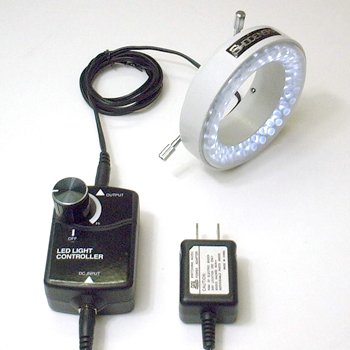LED lifespan
1765 Views |

■Failure and Deterioration
LEDs do not suddenly burn out due to their lifespan like light bulbs.
If an LED stops lighting up, it is most likely due to a failure rather than a lifespan, such as "the LED itself breaks down for some reason" or "power cannot be supplied to the LED (circuit failure or disconnection, etc.)."
LEDs have some weaknesses, such as being "vulnerable to heat," "vulnerable to static electricity," and "vulnerable to moisture."
These are also the most common causes of damage.
■ Deterioration
The lifespan is often defined as the time it takes for the initial brightness to drop to 70%.
The lifespan of our LED lighting is approximately 20,000 hours.
However, this is not a guaranteed value. It will vary depending on the environment in which it is used.
■ Mechanism of light degradation
The LED chip (light-emitting diode) used in LED products is made of a resin case covered with sealing resin containing phosphor,
but these materials gradually deteriorate over a long period of use,
and the brightness of the LED gradually decreases. (Luminous flux decline)
In other words, the main reason why you may feel that the LED is dimmer than it was at the beginning as you use it is that the materials themselves, such as the LED element, phosphor, and resin, are deteriorating.
LEDs are sensitive to heat, so if they are used in an environment exposed to high temperatures,
the LED element itself and materials such as phosphor and resin will deteriorate rapidly,
causing a significant shortening of their lifespan, which should be long.
Inquire about this product
Tel: 02-664-2246
Mail:info@shodensha.co.th
Business hours 8.30 - 17.30 (Closed on weekends & public holidays)



